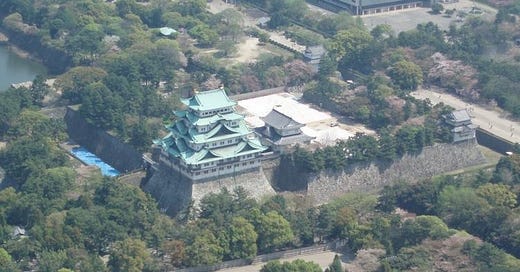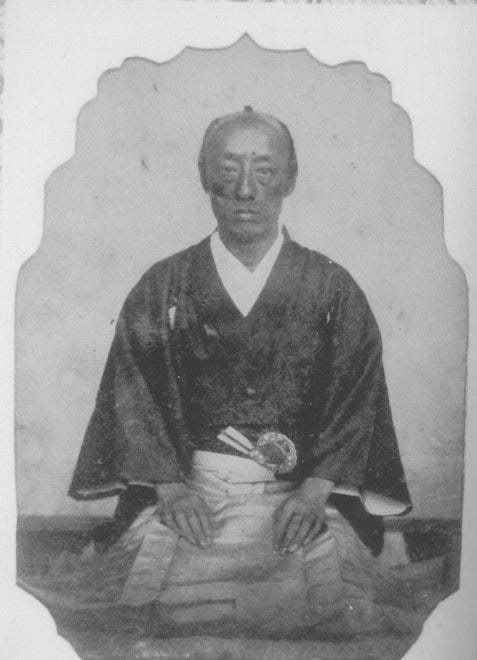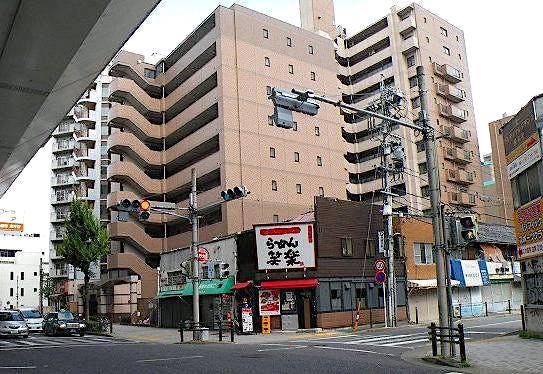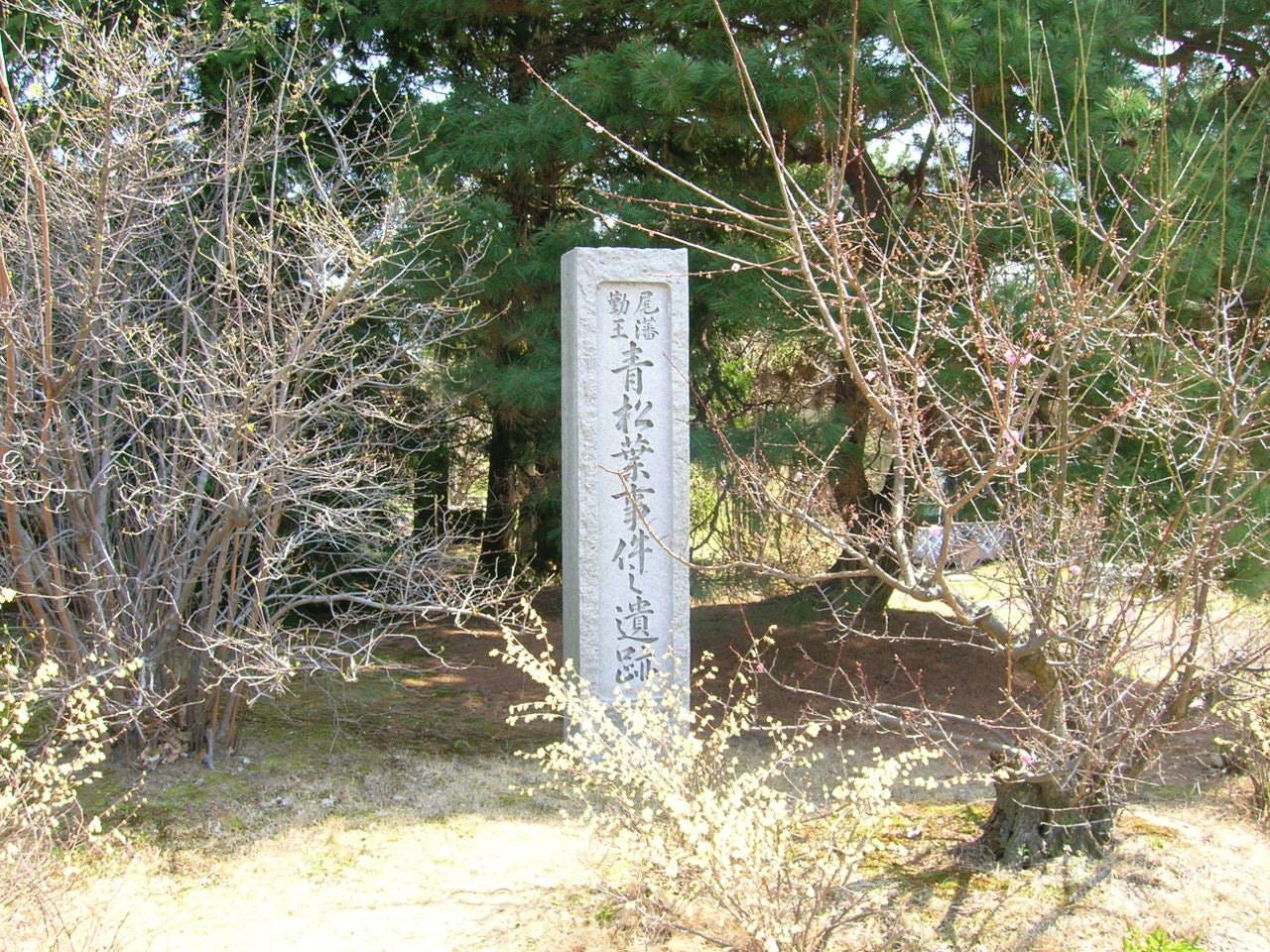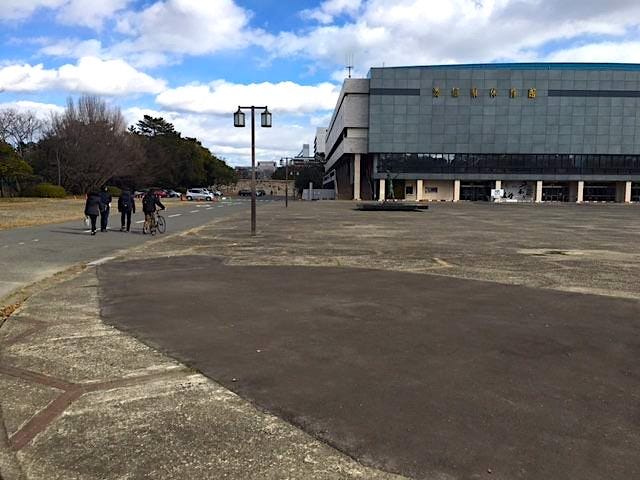Nagoya Castle’s Aomatsuba Incident
14 high-ranking retainers of the Owari Tokugawa clan were suddenly captured and executed, another 20 were imprisoned and demoted. Why?
155 years ago today, February 16, 1868, a mysterious incident known as the Aomatsuba Incident occurred at Nagoya Castle. Between February 16th and the 21st, 1868, 14 high-ranking retainers of the Owari Tokugawa clan were suddenly captured and executed, and another 20 were imprisoned and demoted. Three were chief retainers of the Owari Tokugawa clan.
The 14 samurai were rounded up, arrested and beheaded in an area of Nagoya Castle’s Ni-no-Maru, where the Aichi Prefectural Gymnasium, site of the annual Summer Sumo tournament, currently takes place.
Records remain as to who was arrested and executed. Those who were beheaded were:
Feb. 16:
Watanabe Shinzaemon aged 49 ( a highly ranked vassal with an income of 2,500 koku. A koku was about 180 liters of rice, or the amount required to feed a man for a year, and the value by which samurai were paid)
Sakakibara Kageyu, 59 (1,500 koku)
Ishikawa Uzojo, 42 (1,000 koku)
Feb. 17
Uda Yutaro, 61
Yasui Chojuro, 52
Terao Takeshiro, 54 (150 koku)
Baba Ichiemon, 26 (200 koku)
Feb 19.
Takeno Shinzaemon, 77 (800 koku)
Naruse Kasei, 62 (800 koku)
Feb. 21
Yokoi Sakon (?) 51, (4,000 koku)
Hayashi Nobumasa Monzaburo, 40 (300 koku)
Matsubara Shinshichi, 41
Yokoi Magoemon, 44 (1,500 koku)
Sawai Kozaemon 44 (800 koku)
Why these men were arrested, and why they were suddenly executed has remained one of the dark secrets of Nagoya Castle. There are many theories.
The Owari Tokugawa clan were one of the three main braches of the ruling Tokugawa House, and along with Mito and Kii Provinces were one of the clan branches from which a Shogun could be chosen. Economically and politically the strongest, most influential was Owari, and naturally the Owari clan had long been staunch supporters of the shogun. However, 1868 was a time of great political turmoil in Japan. The country was in fear of foreign invasion following the surprise visit by American warships under Commodore Matthew C. Perry in 1854, which, unable to repel nor shun the foreign demands for trade and landing port rights, further weakened the power and prestige of the already shaky Shogunate. The nation was on the brink of bankruptcy as the financial reforms instigated by the Tokugawa government had mostly failed. The 15th shogun, Tokugawa Yoshinobu had already written out and presented his resignation to the Imperial house, and remained in isolation — i.e. in hiding fearing assassination.
The Shogun’s remaining forces had been defeated in the Battle of Toba – Fushimi, fought just south of Kyoto between January 3-5, 1868. Although many samurai now agreed to restore power to the Emperor, there were still large numbers of samurai remaining loyal to the Tokugawa. Encouraged by their dedication, Shogun Yoshinobu was even considering having his resignation annulled.
Naturally, there were various factions within Nagoya Castle too, those that wanted the Shogun to remain, and those that looked to the future and the logical outcome. Nagoya Castle was located between Kyoto and Edo, it was a highly regarded and influential region, and being financially stable, Naghoya was in a better position to lend support to the Shogun if required. It was therefore seen as a potential hotbed of dispute. If samurai within Nagoya Castle fought to re-instate the Shogun, then other provinces may follow, and the nation would erupt once again into a destructive and bloody civil war. The national authorities realized this, and suggested to the lord of Nagoya Castle, Tokugawa Yoshikatsu, that something be done in advance to quell any potential uprising.
For that reason, pro-shogunate activists within Nagoya Castle’s hierarchy were quickly identified, rounded up, and quickly and quietly executed. Neither they, nor their families were told of the reasons. It appears that this was seen by the Shogunate as Nagoya’s Yoshikatsu having taken a knee-jerk reaction to the situation, and going too far in their efforts to avoid turmoil. In embarrassment, the incident was quickly hushed up, and explained away as a trivial, in-clan matter.
Three years later, pardons were quietly granted to those ececuted and imprisoned, and their names were reinstated in the Nagoya Castle samurai registry.

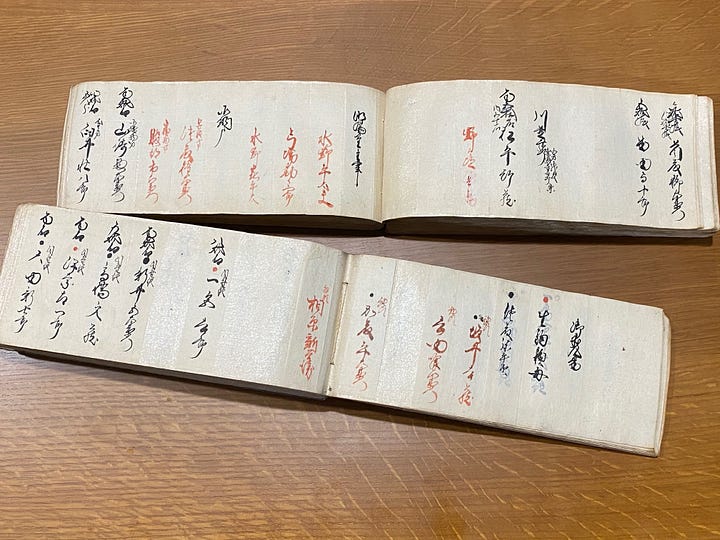
The Aomatsuba Incident is so named as Watanabe Shinzaemon, one of the first to be executed, lived in a residence known as Aomatsuba, just outside of Nagoya Castle’s soto-bori, outer moat. (incidentally, the site of his residence is now a high rise condominium located about 300m from my house!)
A small memorial stone was erected in 1926 near the actual execution site, but this stone later mysteriously disappeared. A current memorial stone can be found behind the toilet block at the eastern entrance gate to Nagoya Castle, and a small sign has been erected in the Ni-no-Maru area. The actual site of the executions is believed to have taken place about 40m south of the current stone site where the Aichi Prefectural Gymnasium and Sports Center now stands.

